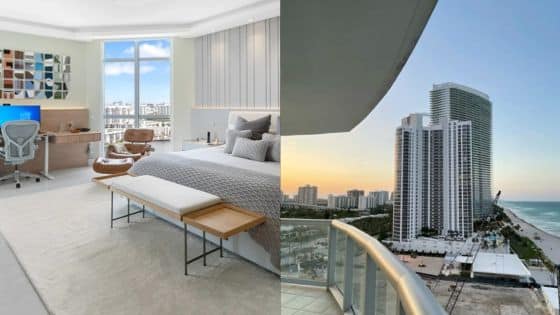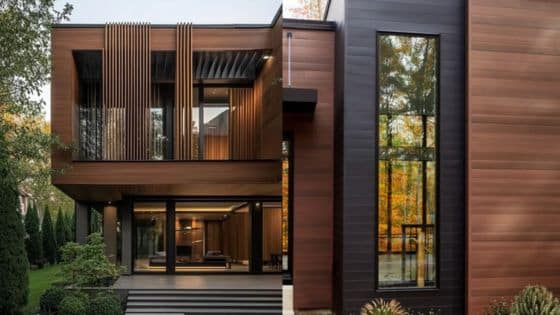Changing Demographics and Urban Density: A New Era of Buyers
Mississauga, long regarded as a suburban extension of Toronto, is now experiencing a demographic renaissance that is redefining property ownership trends. Once dominated by detached family homes and long-time residents, the city is now drawing a more diverse and younger population, including newcomers, tech workers, and professionals who are shifting their preferences away from the traditional housing model.
This transformation isn’t simply a matter of population increase; it’s a reflection of evolving lifestyles. Young professionals are seeking condos and townhomes in highly walkable neighborhoods. These buyers prioritize connectivity to transit, proximity to employment hubs, and access to cultural amenities over square footage. The rise of multi-generational households is also influencing home design and function, with growing demand for dual-living spaces and properties that can accommodate extended families under one roof.
As a result, Mississauga is transitioning from a suburban haven to a cosmopolitan urban center, reshaping how real estate is marketed, priced, and sold.
High-Rise Horizons: Vertical Growth in Mississauga’s Skyline
The most visible indicator of Mississauga’s evolution is its vertical expansion. Developers are reshaping the skyline with high-rise condo towers that cater to both investors and end-users. The city center, particularly around Square One, is now home to dozens of luxury developments, some already completed and others set for construction over the next decade.
This surge in condo developments is driven by affordability constraints in the detached home market, coupled with demand for low-maintenance living. Residents are trading lawns for balconies, and basements for fitness centers and co-working spaces.
Interestingly, many of these high-rise projects are no longer targeted exclusively at first-time buyers or young renters. Downsizing seniors and high-income buyers looking for urban convenience are increasingly purchasing condos as primary residences, further diversifying the buyer profile.

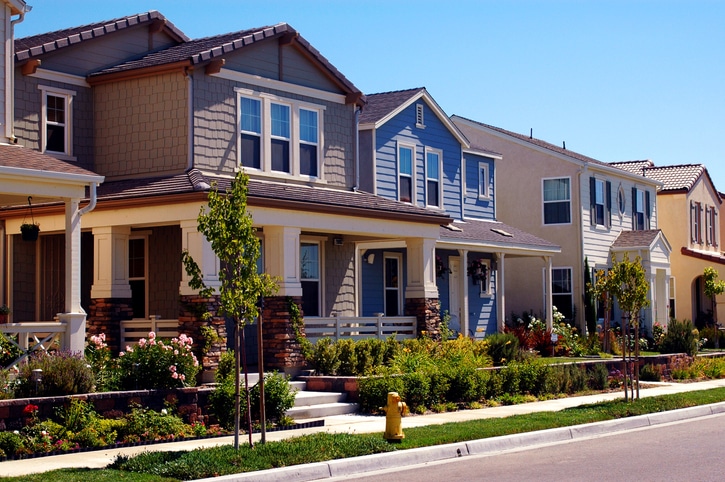
Work-from-Home and Hybrid Models: Reshaping Buyer Preferences
Remote work has fundamentally shifted the buyer landscape. Today, people are less concerned with commuting distance and more focused on livability. Home offices, flexible layouts, and proximity to green space have become critical factors in property selection.
In Mississauga, neighborhoods like Port Credit and Erin Mills are seeing heightened interest not just for their aesthetics, but for their ability to support a balanced lifestyle. Buyers are gravitating toward areas where they can work from home without feeling isolated, which is fueling demand for communities with vibrant main streets, artisanal cafés, and outdoor recreation.
The changing nature of work is also influencing property values and investment decisions. Locations once considered too far from transit hubs are now being reevaluated based on lifestyle access and digital connectivity, not just physical commutes.
Affordability Crisis and Investment Shifts: A Dual Narrative
Mississauga is not immune to Canada’s nationwide housing affordability crisis. While average home prices remain lower than Toronto’s, they have risen sharply over the past decade, pricing out many would-be buyers. This dynamic has led to two divergent outcomes: a surge in investor activity and a corresponding rise in rental demand.
Savvy investors see Mississauga as a high-potential market due to its economic stability, infrastructure development, and rising rents. Pre-construction condos and multiplex properties are particularly attractive as long-term rental income sources. At the same time, many first-time buyers are turning to co-ownership or family-assisted purchases as entry points into the market.
This financial tightrope is creating a more competitive and nuanced environment for both buyers and sellers. Navigating this complexity demands a deeper understanding of financing tools, zoning laws, and neighborhood trends.

Transit Infrastructure and the LRT Effect
The Hurontario Light Rail Transit (LRT) project is among the most transformative infrastructure developments in Mississauga’s recent history. Slated to span 18 kilometers from Port Credit to Brampton, the LRT promises to radically improve mobility, reduce congestion, and increase accessibility to commercial centers.
The anticipation of the LRT has already had a measurable impact on real estate values along its corridor. Properties near future stations are commanding premium prices, and developers are accelerating project timelines to align with the transit rollout.
Beyond real estate speculation, the LRT is poised to reframe urban connectivity in Mississauga. It offers an alternative to car dependency, reinforcing the city’s growing identity as a pedestrian- and transit-friendly urban zone. This transit renaissance is not just boosting market value — it is redefining livability in Mississauga.

Immigration and Cultural Influence on Property Trends
Mississauga’s population is one of the most ethnically diverse in Canada, and immigration continues to shape local real estate patterns. Cultural preferences, such as the desire for larger family-oriented homes or properties with secondary suites, are influencing both design and demand.
Moreover, international buyers and recent immigrants are increasingly contributing to the city’s housing market, not only as residents but as investors seeking long-term security. This influx is not speculative — it is based on real settlement and community-building, with buyers prioritizing schools, worship centers, and cultural infrastructure.
The city’s ability to support this multicultural vibrancy is a major factor in its real estate resilience. Neighborhoods that reflect cultural diversity and community integration tend to outperform isolated or homogenous areas in both value retention and buyer interest.
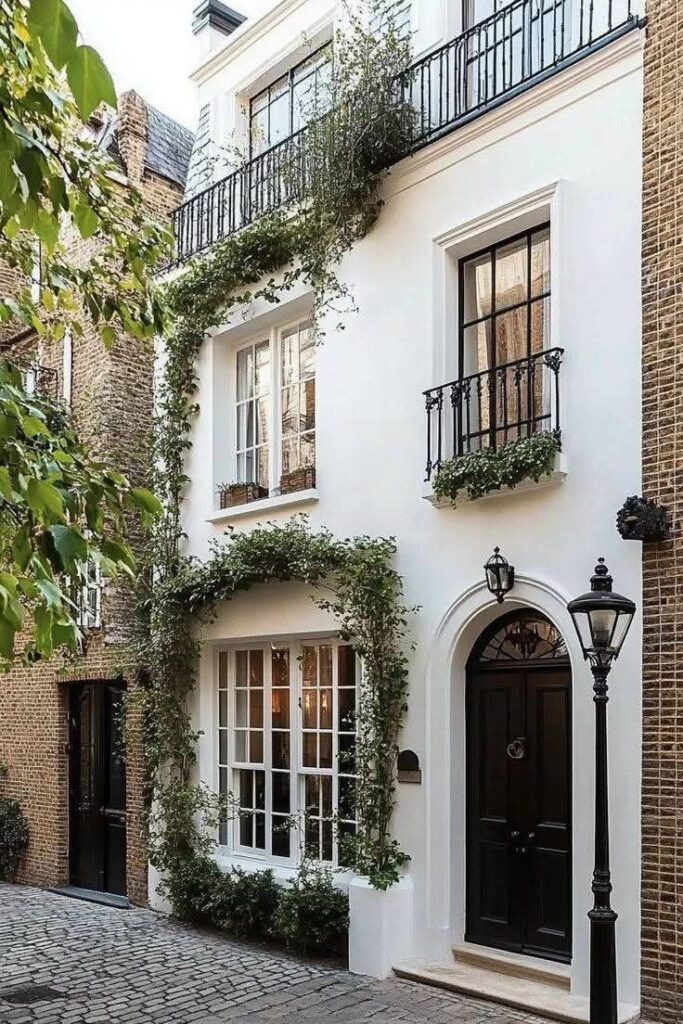

Sustainability and the Green Real Estate Premium
Environmental consciousness is no longer niche — it is now a mainstream consideration for homebuyers. Mississauga developers are responding by incorporating sustainability into new builds, from energy-efficient appliances to LEED-certified materials and smart home integration.
Buyers are paying attention. Homes with green certifications or low operating costs are seeing faster sales and, in some cases, higher prices. Properties near parks, conservation areas, or featuring native landscaping are particularly attractive to environmentally minded buyers.
Sustainability is also intersecting with affordability. Energy-efficient homes offer lower monthly utility costs, which is becoming a key selling point in a time of rising inflation and economic uncertainty.
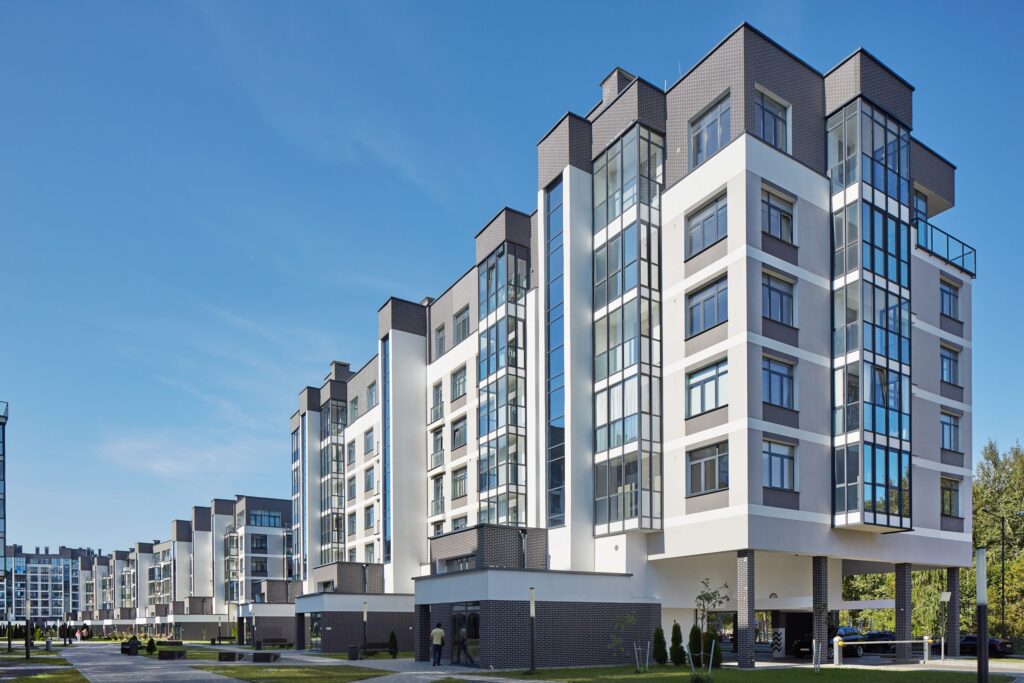
Conclusion: Mississauga’s Real Estate Market at a Crossroads
Mississauga is in the midst of a profound transformation. The interplay of demographic shifts, infrastructure growth, lifestyle changes, and economic pressures is creating a complex but opportunity-rich real estate landscape.
Whether for primary residence or investment, understanding this dynamic environment is critical. What was once a suburban extension is now a city in its own right, with its rhythm, challenges, and trajectory.
For those navigating this evolving market, the role of a seasoned and informed professional is essential. In such a rapidly changing environment, insight and timing can make the difference between a missed opportunity and a strategic gain, especially when working with a real estate agent Mississauga.
- 0shares
- Facebook0
- Pinterest0
- Twitter0
- Reddit0








